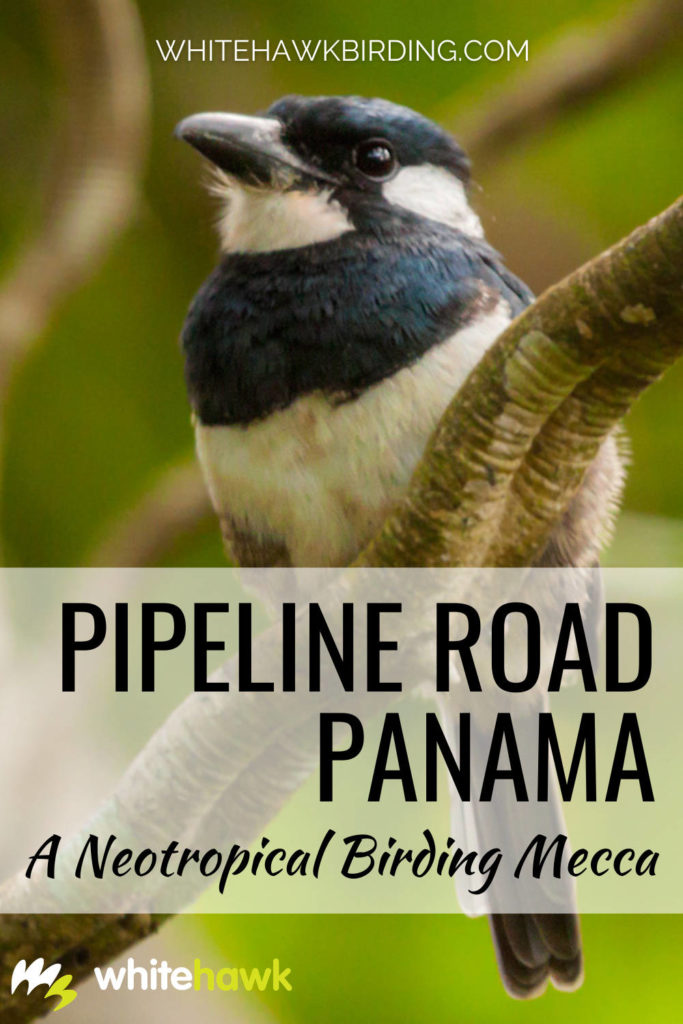For any birder who has a keen interest in Neotropical birds, Pipeline Road is a must! It is located just 30 minutes from the “hub of the Americas,” Panama City. Pipeline Road traverses through a large stretch of lowland rainforest in Soberania National Park. For decades and to this day, Pipeline Road is one the most-visited sites for birding in all of the Americas.
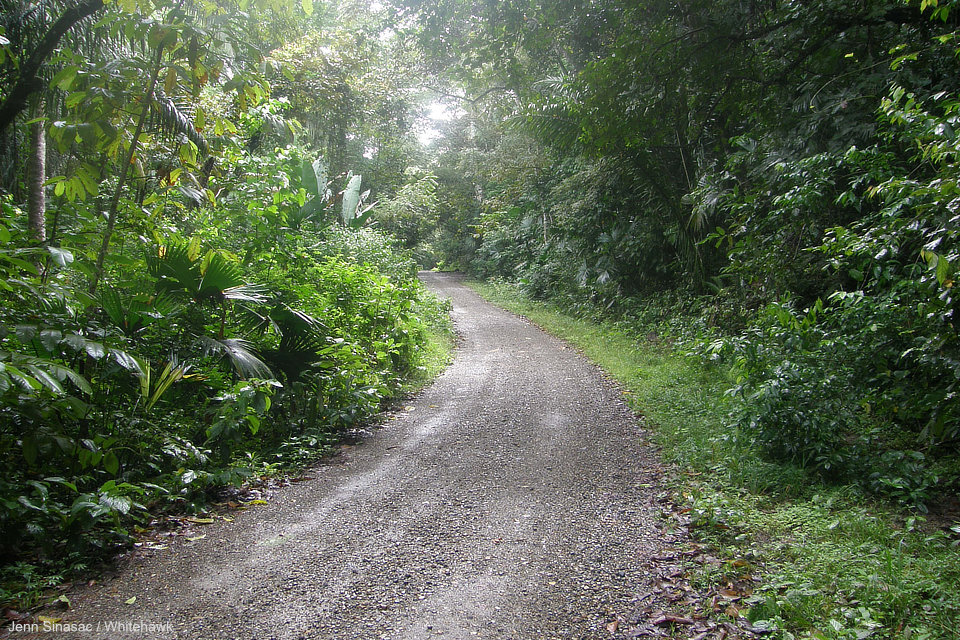
A Unique History
During WWII, U.S. soldiers built an oil pipeline across the historic Canal Zone of Panama. This was a precautionary method to move oil across the Isthmus in the event that the canal was shut down. The pipeline cut through the dense tropical rainforest and soldiers built a road to service it when necessary. The war came and went, but the pipeline remained unused. The road was used for accessing particular sites in the area over the years. As the forest continued to mature and the US handed the Canal Zone back over to Panama, regular traffic on Pipeline Road was reduced.
Pipeline Road was originally 24 km in length and reached all the way to the shores of Gatun Lake. Over time it has gradually been overtaken by dense forest once again. Today, there are about 17 km of accessible road. However, the first four kilometers remain the most traveled and most birded. Walking Pipeline Road – with several stream crossings as you go – can be done year-round. The Smithsonian Tropical Research Institute’s biologists and students study not only birds but many other tropical life forms and processes including ants, frogs, bats, mammals, seed dispersal, tree-fall gaps, and so much more. It is truly an area of amazing biological diversity!
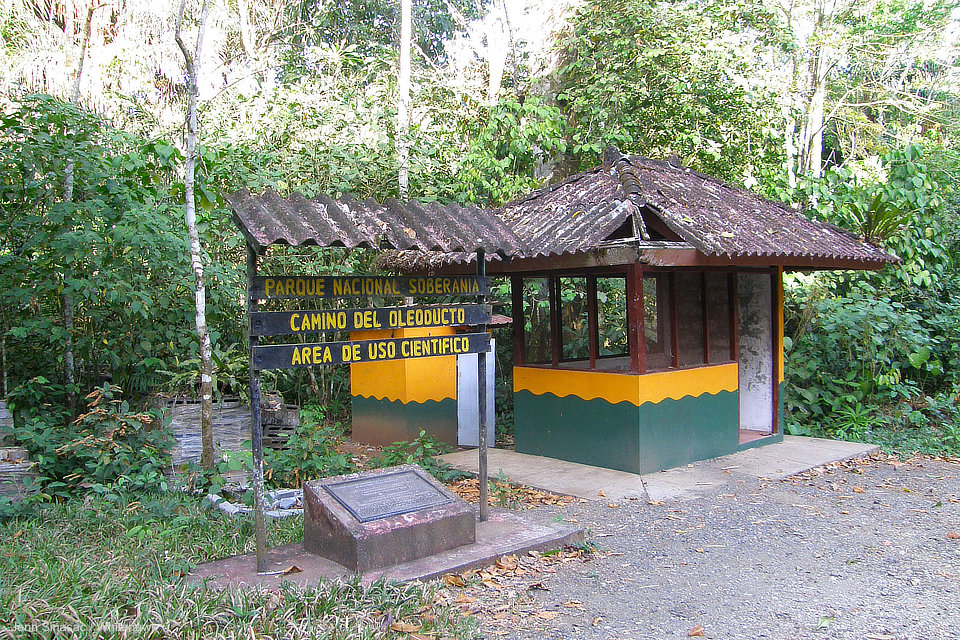
Christmas Bird Counts: A 19-Year Record
One of the reasons that Pipeline Road gained its fame as a top birding destination is because since the 70s, the Panama Audubon Society has been conducting annual Christmas Bird Counts (CBCs) in central Panama. For 20 years, from 1975 to 1995, the Atlantic Circle (including Pipeline Road) consistently held the record for the most bird species counted on a Christmas Bird Count, the highest count of 357 species! From 1996 on, Costa Rica, Ecuador and other countries in Central and South America began CBCs and started to count in circles that included varying altitudinal ranges and thus, recording higher numbers of birds. Panama’s CBC’s and in particular Pipeline Road still count numbers hovering around 300 species of birds, not too bad for a one-day count!
Birding Highlights on Pipeline Road
Pipeline Road has been a mecca for birders and tropical biologists for decades because of the birds! Over 450 species have been recorded along the road. Pipeline Road’s mature lowland rainforest supports incredible avian diversity and is particularly a great place for those seeking out Neotropical bird groups – antbirds, ovenbirds (woodcreepers, leaftossers, xenops, etc.), manakins, motmots, trogons, Neotropical raptors and others. Pipeline Road is a key birding destination for target birders to seek out some rather rare and elusive birds, including the Rufous-vented Ground-Cuckoo, Pheasant Cuckoo, Streak-chested Antpitta and Great Jacamar. A large army ant swarm at any time of the year could have the ground-cuckoos lurking nearby, and the antpitta’s mournful song can be heard daily along the first sections of the road.
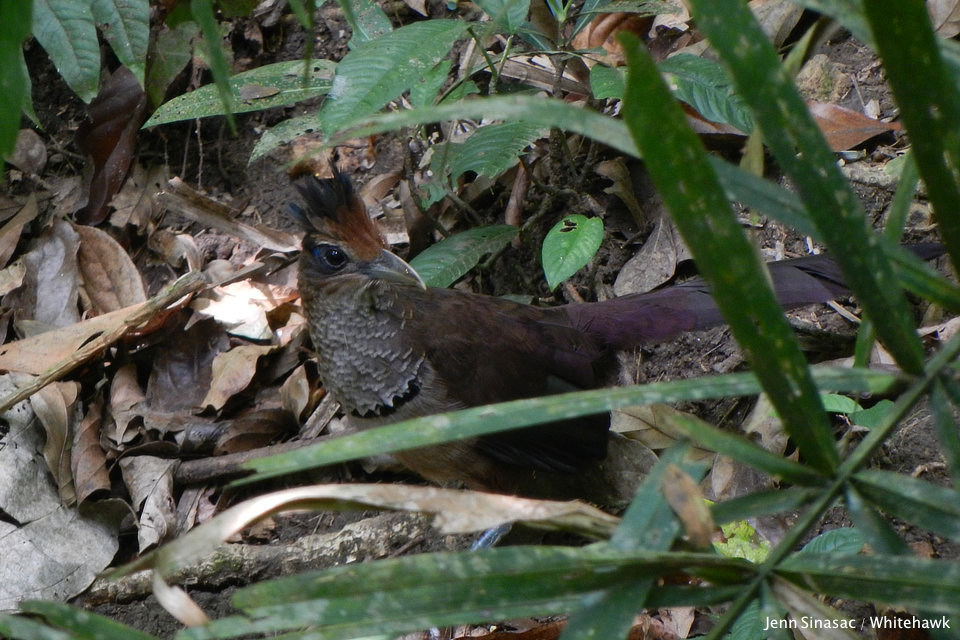
Panama’s Isthmus is only 50 miles (80 km) wide. The Pacific side is very dry and the Caribbean side has very wet forests. This combination produces ideal conditions which are for great biodiversity. When walking along Pipeline Road, you will notice that every few hundred feet, the forest conditions change slightly from drier Pacific Slope forest to wetter Caribbean Slope forest. As the forest conditions change, so do the composition of species that are found there. Some more elusive species can be found further in along the road, including Violaceous and Olive-backed quail-doves and Great Curassow.
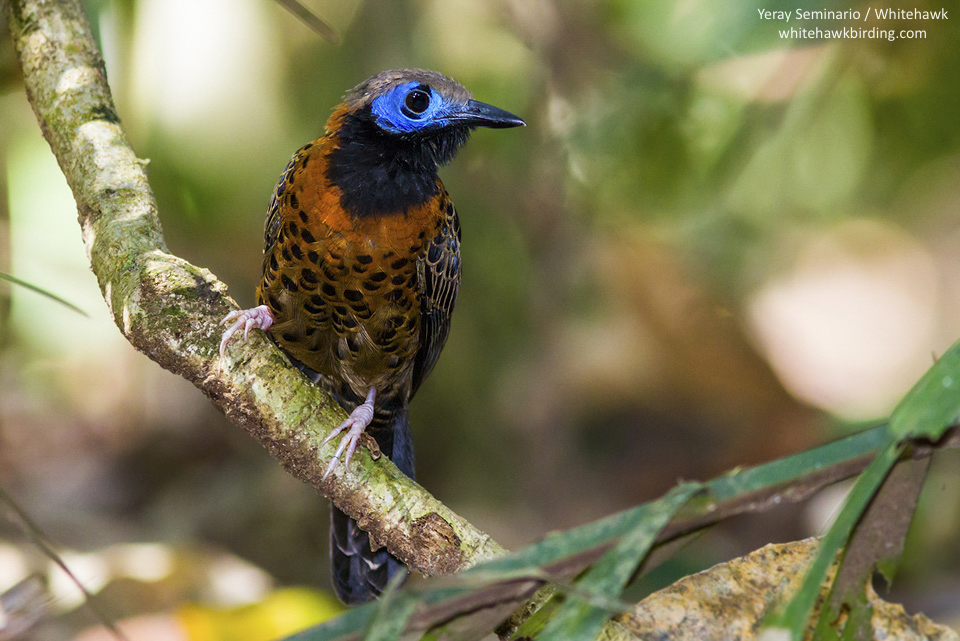
A Home for Harpy Eagles
Harpy Eagles also call Pipeline Road their home. Between 2000 and 2009, The Peregrine Fund released captive-bred Harpy Eagles into Soberania National Park. Pipeline Road served as the release site. Biologists relocated most of them to larger forested areas in Panama once they became independent and were hunting on their own. However, there are still potentially several Harpies that call Pipeline Road and the forests of Soberania National Park their home. One individual, a wild bird from Darien, that was injured, recovered and released along Pipeline Road in 2009 still makes appearances around the Panama Rainforest Discovery Center and other parts of the park. Keep an eye out for her and others on your walks down Pipeline!
What About the Pipeline Now?
The steel pipeline is still partly intact and certain sections lay exposed across the forest floor and cross over several streams that traverse Pipeline Road. Now covered in bromeliads and mosses, they remain a part of the rainforests of Soberania National Park and a reminder of the history of Panama’s famed Canal Zone. The birds have incorporated the moss-laden pipeline into their habitat, as army ants swarm overtop and antbirds follow, as they have done for decades.
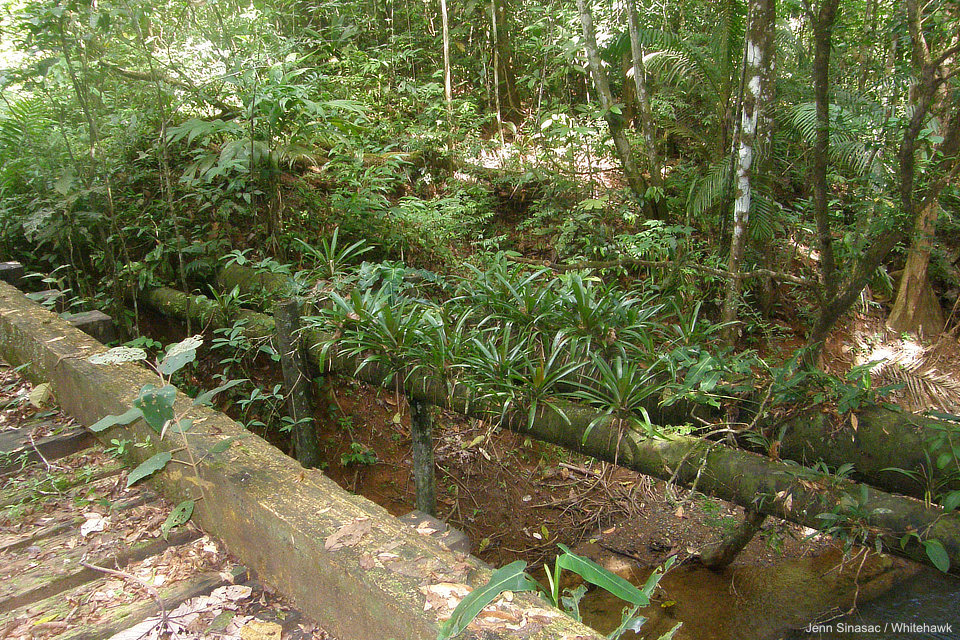
Pipeline Road and Whitehawk
Pipeline Road remains our most popular destination for birding trips. It is a must-visit destination for all birders coming to Panama. We offer both half-day and full-day birding trips along Pipeline Road. Some of our clients prefer to visit multiple days in a row. In many cases, one day is not enough to take in all that Pipeline Road has to offer! Ask us about our Pipeline Road tours and come to experience it for yourself!

